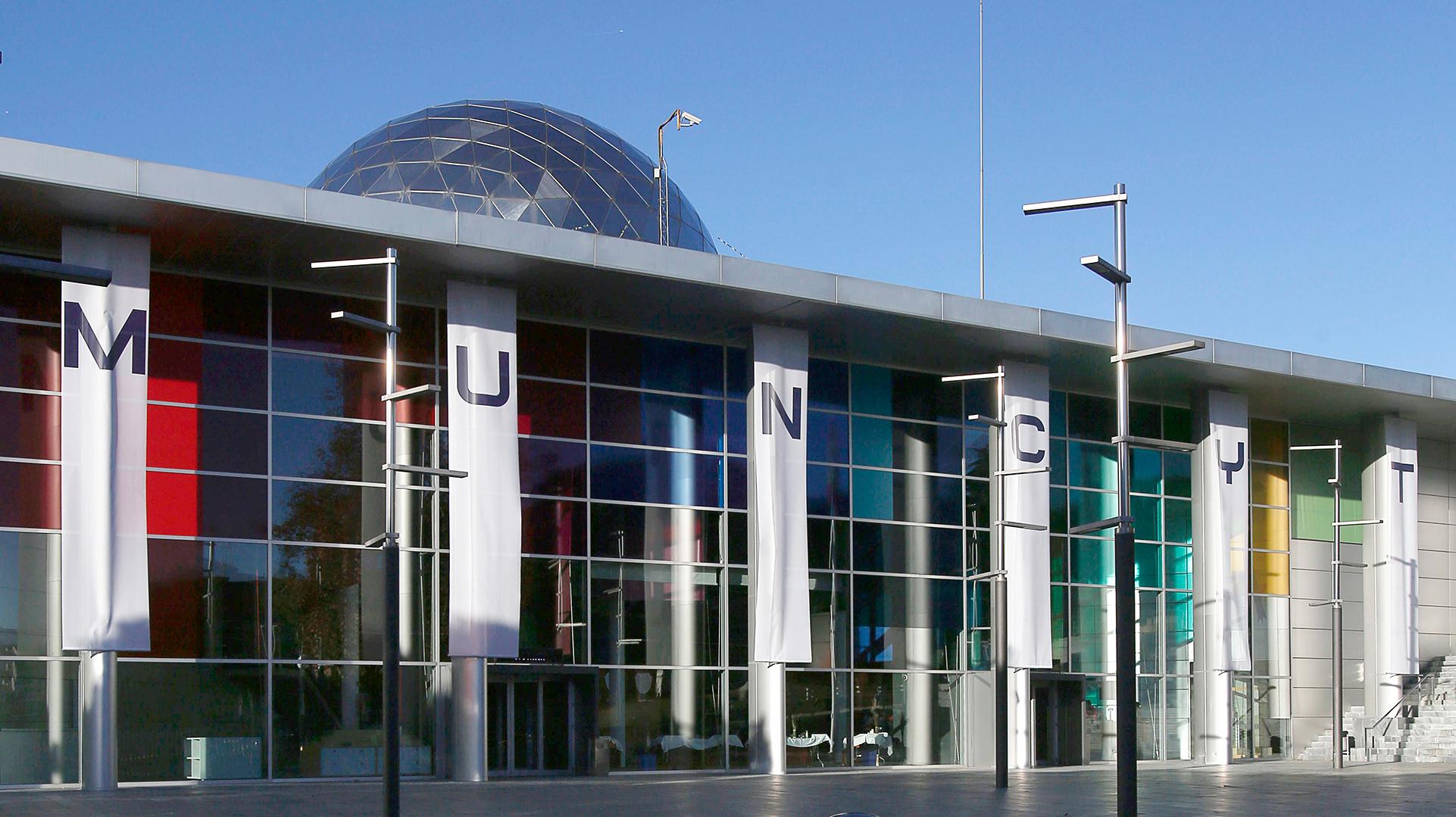The Spanish National Science and Technology Museum (MUNCYT) is a state-owned museum, affiliated with the General Secretariat for Research of the Ministry of Science, Innovation and Universities, and managed by the Spanish Foundation for Science and Technology (FECYT). The MUNCYT acts as a social point of reference and meeting point in science and technology, since it is considered that each citizen has an important role to play in science and technology.
It holds more than 17,000 items, including scientific instruments, technological devices, transport vehicles, machines and industrial tools, dating from the 16th century to the present day. "Unique witnesses" of the evolution of science and technology based in Madrid and A Coruña. In addition, the MUNCYT organises talks, recreational and scientific activities, educational workshops, collaboration in the training of science teachers and catalogue publications.






